








The magazine of the art-form of the photo-essay

Apr 2016 back issue


photographs by Damian Bird
words by David Casey



“A free, really high quality photo-essay magazine. Fabulous!”
Stephen Fry. British actor, writer and film & documentary maker
Driving from the M1 towards the southern suburbs of Sheffield, you would never guess that the village of Eckington is
home to an underground coal mine, let alone the last commercial mine of its kind in England. Perched on the banks of
the River Rother at the edge of the local industrial estate, Eckington Colliery offers few clues to its existence or the
intense activity above and below ground.
There is no pithead winding gear, once the visual calling card of mines where men descended in a lift cage deep into the
Earth before they began their journey to the coal faces. Eckington does not need to wind cages as it is a drift mine.
Instead of a vertical shaft, this class of colliery was driven into a hillside close to an outcrop of the coal seam. It is still
classified as a ‘deep’ mine to differentiate itself from the open-cut mines where coal is extracted from an open quarry.
The old deep shaft coal mines in Britain have been consigned to the history books. They had become uneconomical to
operate in today’s climate of coal prices which are off their peak, and demand knocked back by changing perceptions of
energy production. The last three of those mines closed during 2015, with the irrecoverable loss of mining skills.
Eckington Colliery has the advantage of being a relatively new mine – it was opened as recently as 1991. But there are
other factors which have allowed it to weather the storms and keep its 38 staff in full employment. Confidence is high
and, within the last year, the company has invested in additional, more sophisticated mining equipment which will see the
colliery flexible enough to meet market demand far into the future.
The quality of the coal and diversity of ‘products’ mark out Eckington in the marketplace. But is not all coal mined in the
UK a broadly similar commodity? It is worth recalling the café proprietor who was asked for a ‘tea’. “We don’t sell tea
here. But we have breakfast tea, organic tea, de-caffeinated tea, Earl Grey tea, mint tea and green tea.”
Britain’s coal mines have never produced ‘coal’, rather an array of material ranging from brown lignite, through various
shades and grades of harder, readily combustible black coal, to anthracite which has minimal volatile elements. Demand
for specific types of coal depends on their application. The majority of anthracite mined, for example, would normally find
its way into steel-making – but its use there has all but disappeared with the collapse of the UK steel sector.
Eckington’s coal scores well on the quality spectrum being a hard coal with a high calorific value. That is important when
a customer is demanding every ‘ounce’ of energy from the tonnes of coal purchased. Its profile makes it ideal for
industrial processes such as cement making which demand high calorific value and small amounts of ash-making
ingredients.
Coal does not come out of the mine in uniform pieces with neat 30 millimetre edges. Depending on the machines being
employed to cut and ‘harvest’ the coal, Eckington’s output from its coal cutting systems ranges from ‘smalls’ through
‘singles’, ‘doubles’ and ‘triples’ to large lumps of coal upwards of 200 millimetres in each direction.
The run-of-mine smalls find their way to the industrial customers but the larger pieces, once separated out, are generally
sold for domestic use after washing and bagging. Eckington is preparing its campaign to market bagged coal for the
winter season through the internet and retail establishments. The largest coal is popular with steam rallies.
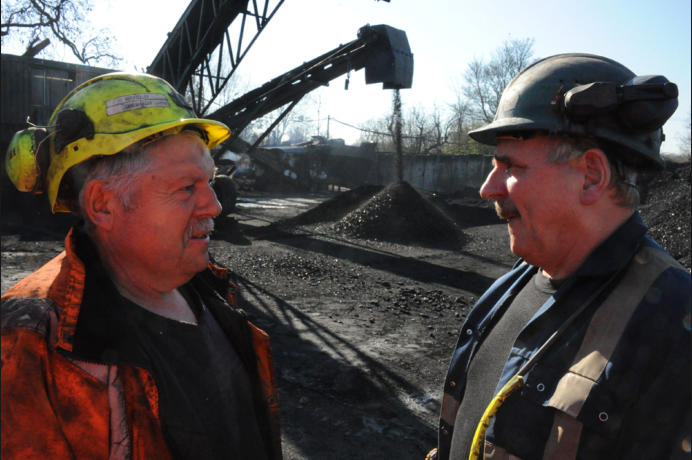
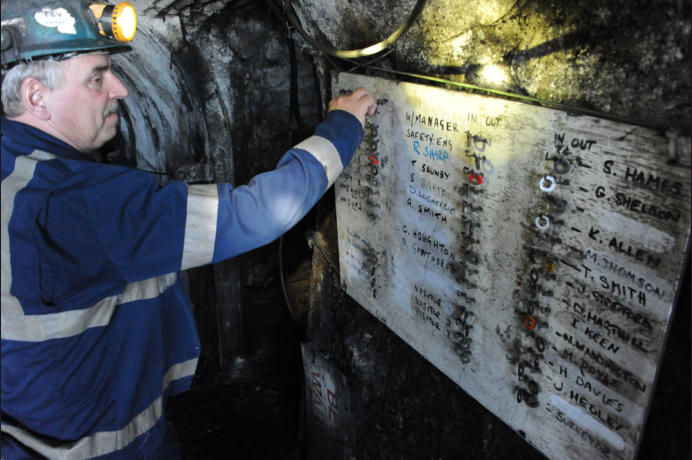
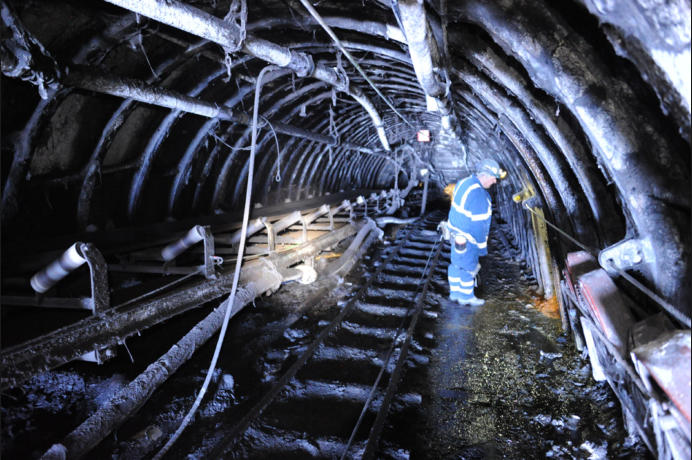
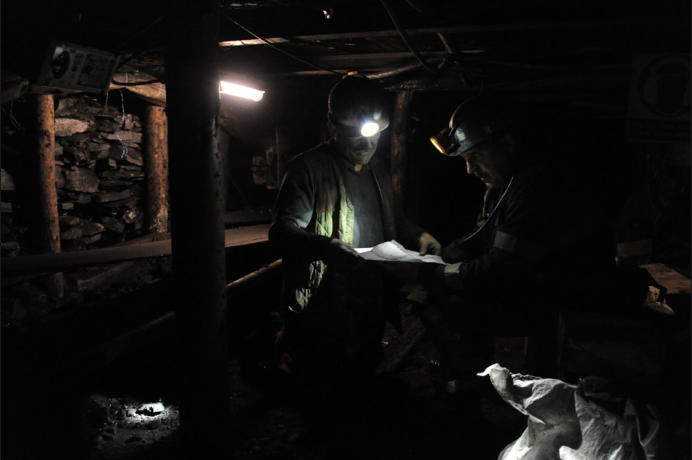
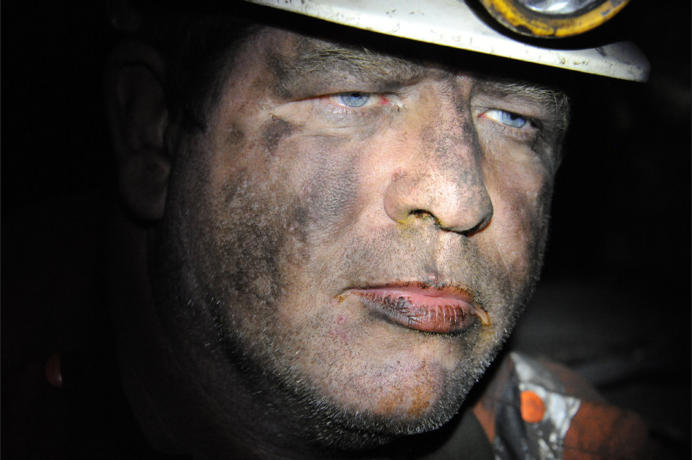

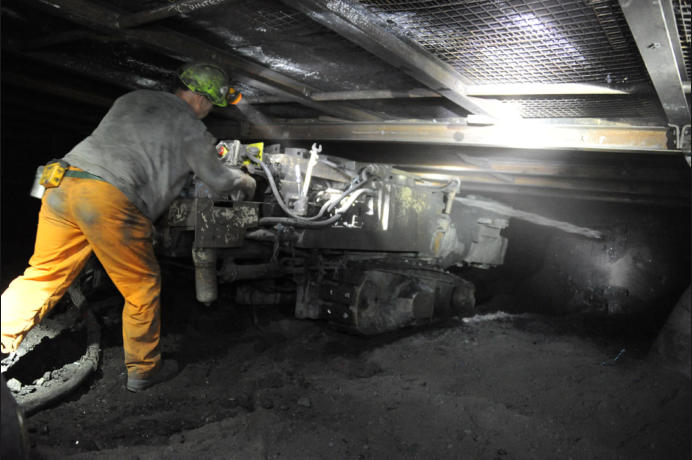
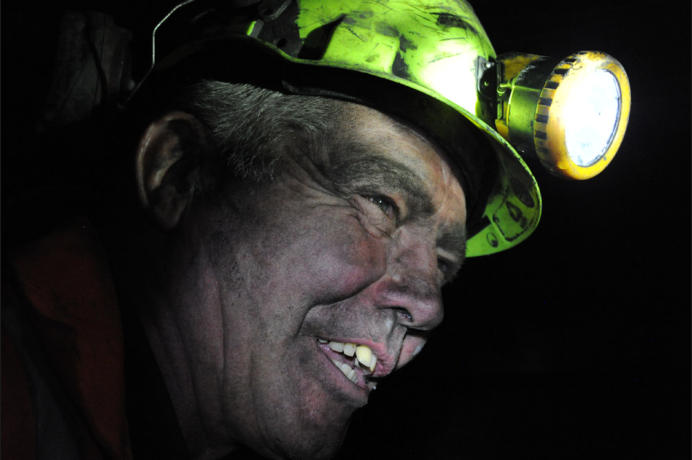
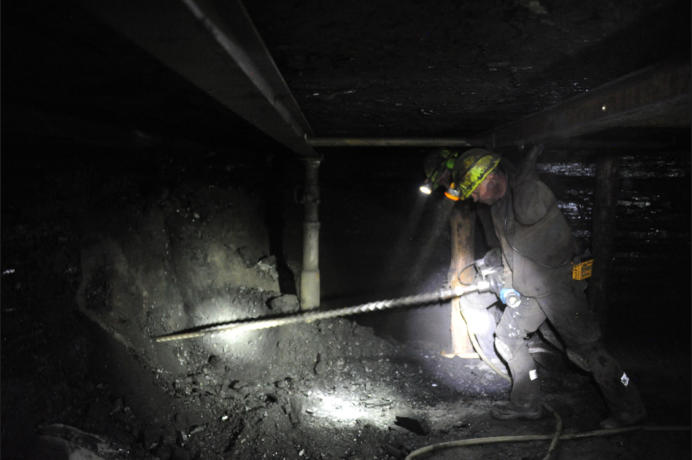
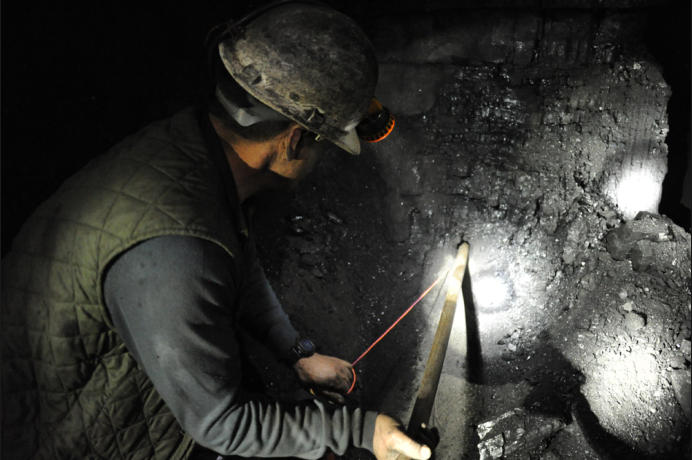
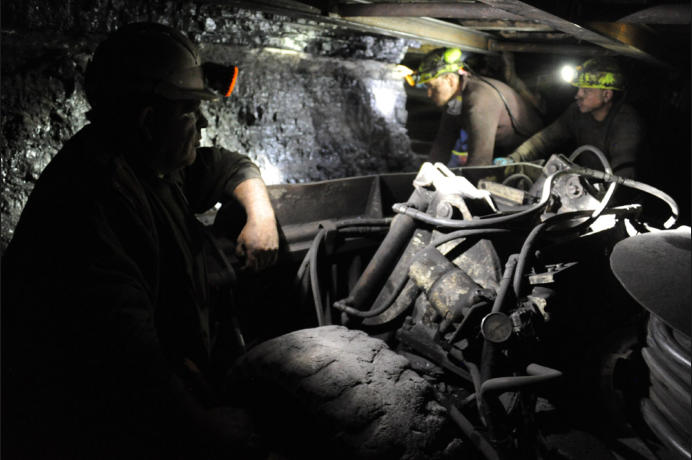
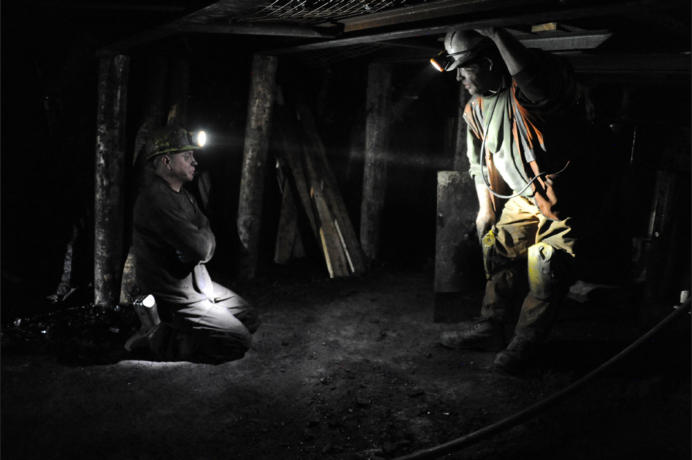
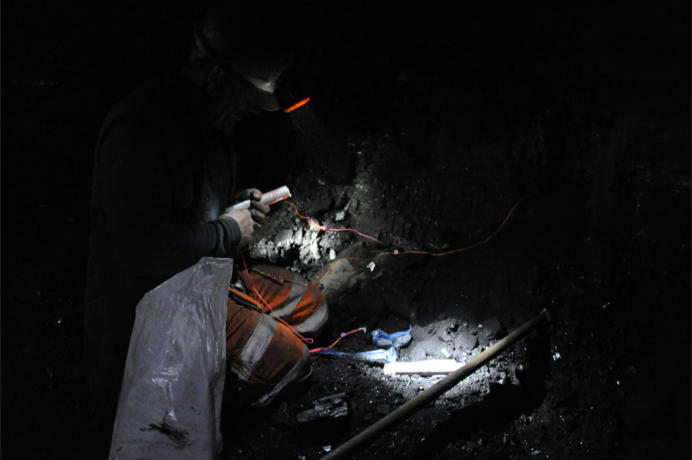
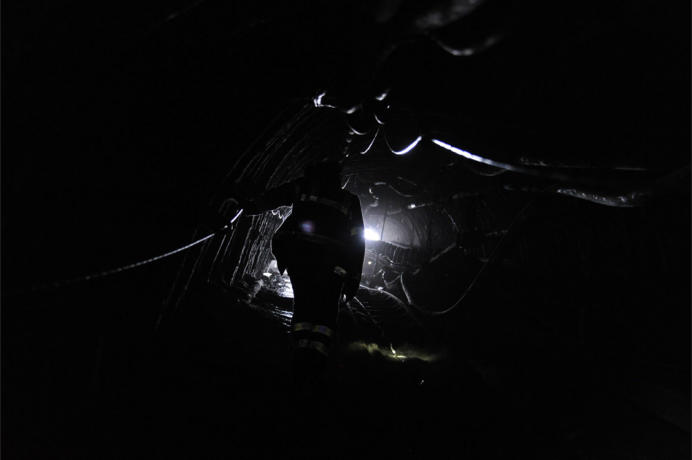
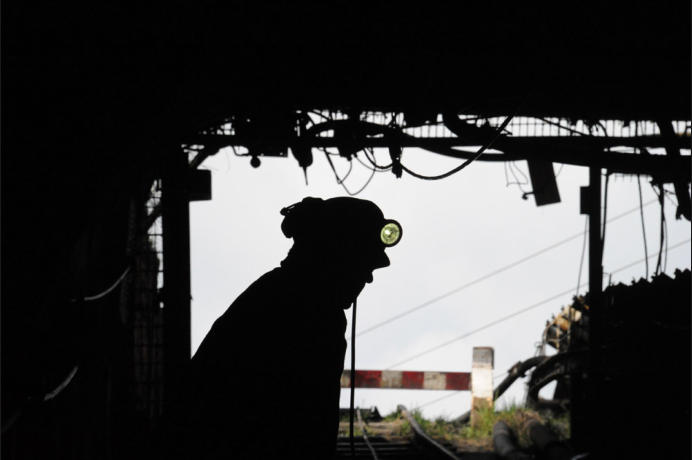
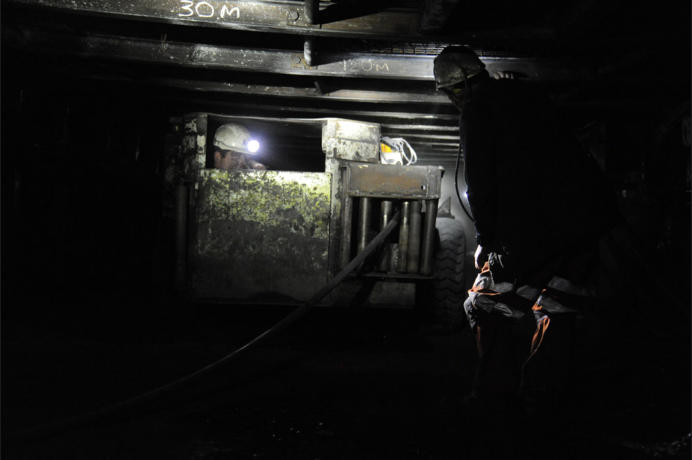
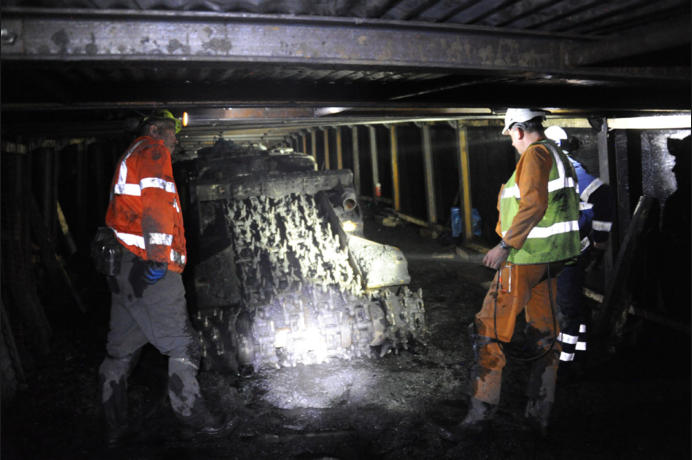
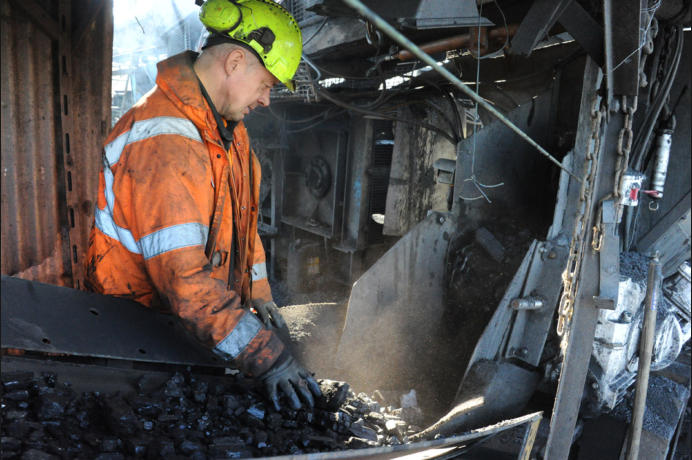
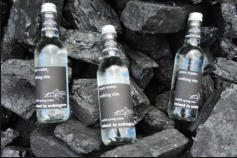
If coal production were its only business stream, Eckington would be still
assured of a commercial future; able to respond rapidly to changes in
demand for the sizes of coal it can produce. Eckington has been described
as the ultimate ‘artisan’ coal producer for that reason; probably the reason
it is the sole survivor when larger operations have been forced to call
it a day.
But Eckington Colliery is set to exploit an entirely different but parallel line of
business. The mine is the source of copious quantities of pure water and
has recently embarked on test marketing the product, asserting that it is
”pure English water, Mined in Eckington”. The concept of ‘mined water’ is
sufficiently counter-intuitive to differentiate the product in the bottled water
market from the ‘run-of-the mill’. It is certainly different.





